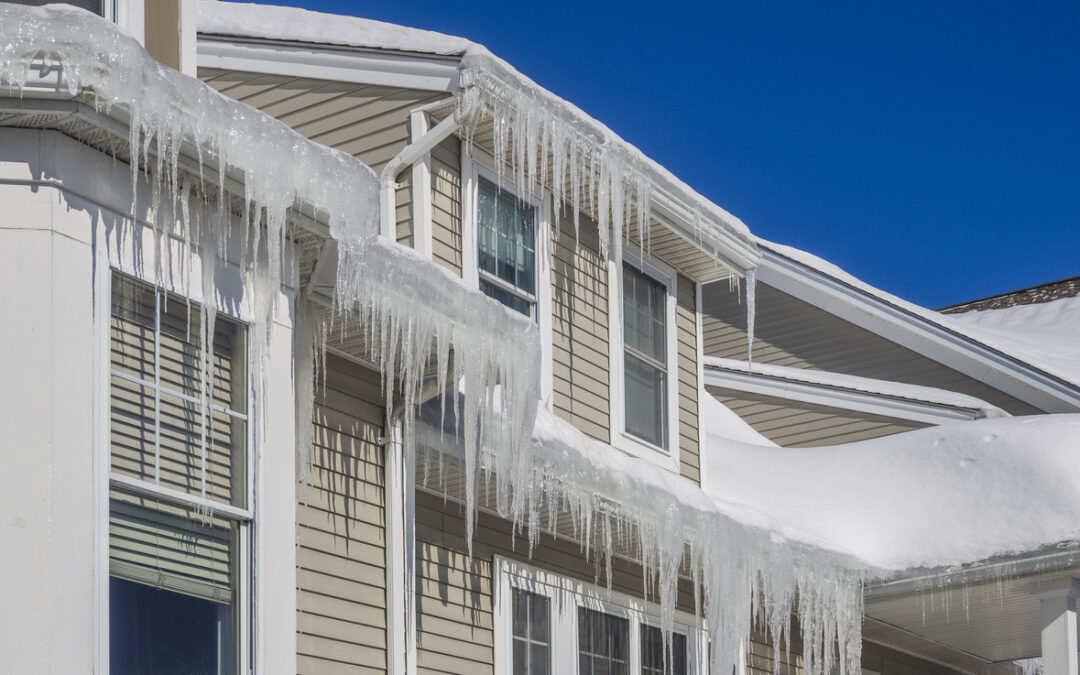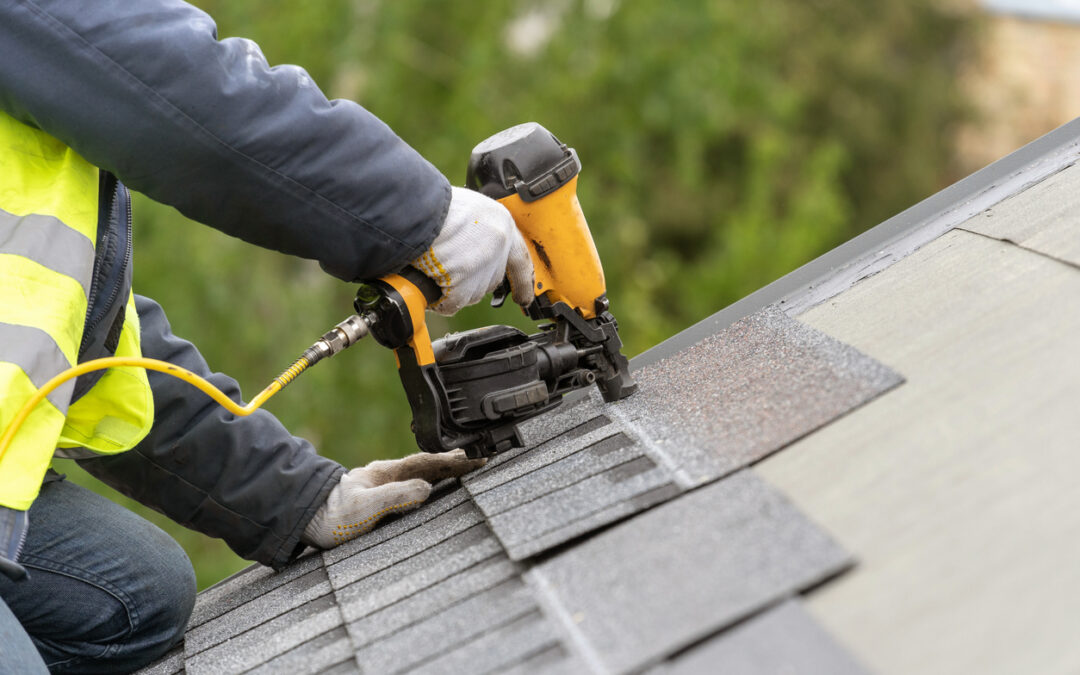
by royalcrownroofing | Oct 28, 2022 | Roof Inspection, Roof Leaks, Roof Maintenance
It can originate anywhere in your roof—even rooms away—and drip from ceilings and down walls, leaving yellow stains. What do you do?
Do you tear your roof apart until you find it? And what if in addition to the water dripping from your ceiling and walls, you smell a musty odor and wonder if mold is growing?
Before you move out, contact Royal Crown Roofing for their help pinpointing the source of the leak without destroying your expensive roof, walls, and ceiling. They can use their thermal imaging cameras to find where the moisture and water are hiding inside your roof so the problem can be rectified.
Thermography is non-destructive, so no part of the roof needs to be removed for it to work. It can find problems in areas you couldn’t easily access, even if you did tear your roof apart. The images it creates are easy to read and are produced quickly so fixing the leaks can be done immediately, saving both time and money. This process, in addition to locating current leaks, can also indicate where the roof is weak and where future leaks may occur when weakened by time or the weather.
Contact Royal Crown Roofing today for a free inspection and get set up to do the thermal imaging. When they find out what’s going on, they can take care of repairs quickly before winter sets in.

by royalcrownroofing | Oct 21, 2022 | Emergency Preparations, Roof Inspection, Roof Maintenance
There are wise measures you can take to prepare for winter weather. Your house needs special care, especially on the roof. A proper clean-up includes getting rid of leaves, branches, and debris in gutters, plus checking out the flashing around vents, pipes, dormers, skylights, and chimneys. Doing any necessary repair work now can save a lot of frustration later when it gets cold outside, possibly even as cold as last February was here in Houston.
When the weather gets cold and wind, sleet, and rainstorms come to Houston, ice dams can build up along the edge of your roof, preventing water from draining off of it and leaving water and ice sitting there, ready to damage the roof and seep into your home. And gutters stuffed with litter and leaves can contribute to the problem.
Hopefully, the Houston area won’t again lose power just as it did last year in the middle of a sub-arctic freeze. Yes, hopefully, we won’t have either type of emergency. But, it’s smart to be prepared for anything, and even if we have warm weather and mild rainstorms, roofs need to be taken care of in order to avoid damage.
A roof inspection can reveal what your roof needs to endure whatever kind of weather’s on its way. Contact Royal Crown Roofing for a free inspection and to make sure your roof is in good order.

by royalcrownroofing | Oct 14, 2022 | Roof Leaks, Roof Maintenance
The obvious sign is water puddles appearing on your floor, water dripping from the ceiling, or water leaking down your walls, creating ugly yellow stains. Improperly installed or damaged flashing is a common problem. When water does leak down a wall, the problem could be located in the flashing where the roof and wall connect, which can rust out due to age, or crack and dry out in our hot Houston sun. With this damage, flashing can lose its seal, and when storms and high winds come, water can drip down your interior walls.
Don’t be frightened, though—damaged flashing is much easier and less expensive to take care of than installing an entire roof. In fact, the cost can be minimal, but if not fixed in a timely fashion, the damage to the interior of your home can be enormous. To create a strong barrier to the weather, continuous flashing and weather-proofing materials need to be installed along the wall and roof.
Unfortunately, almost all of us have to deal with leaky roofs at some point in our lives. It’s a very unpleasant thing to live with. And you don’t need to live with it. Call Royal Crown Roofing for an inspection to find out what’s going on. It’s free!

by royalcrownroofing | Oct 7, 2022 | Home Renovation, Roof Damage, Roof Maintenance
This is what we do.
First, we tear off the old roof—that’s necessary to install the new one properly. Some roofers offer to put the new one over the old one, but that’s asking for trouble.
Next, we install what’s called a drip edge to the eaves, both giving the roof a polished look and keeping water from running down the fascia boards.
Third, we put down underlayment, which prevents ice dams and strong winds from letting water seep into your home. Over the underlayment, we staple rolls of tar paper that help keep water out and add fire protection. Then comes another step in waterproofing: we install another layer of underlayment of felt paper to cover the valleys.
Fourth, we install starter shingles, which lay under the regular shingles, and provide more weather protection by preventing water from seeping down in between shingle seams. We then install the top layer of shingles in an overlapping fashion.
Finally, it’s time for the finishing touches. We install flashing around chimneys, skylights, and whatever else is on the roof. Then we put the cap on the peak of your roof with specially designed shingles. We also seal the roof with a specialized formula that will protect it for years to come. And, of course, we do the cleanup work.
Creating a roof that’s both beautiful and lasting requires roofing experts. You can find them at Royal Crown Roofing. Contact us for help.







